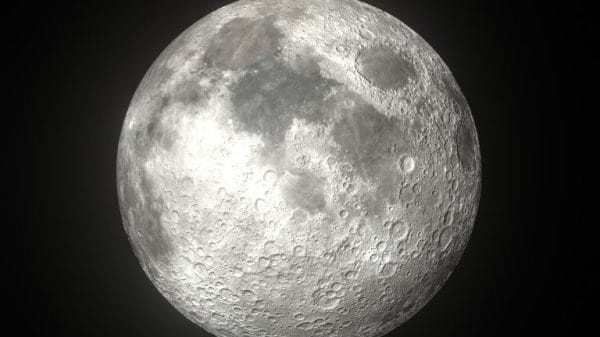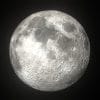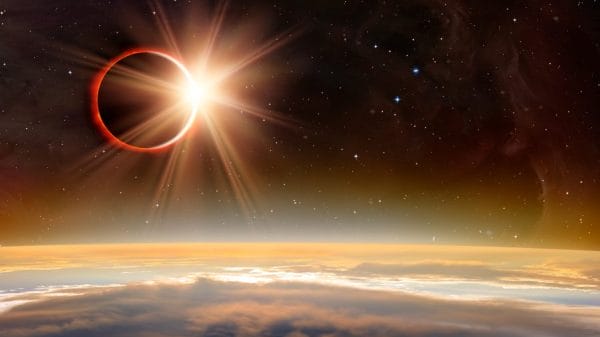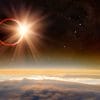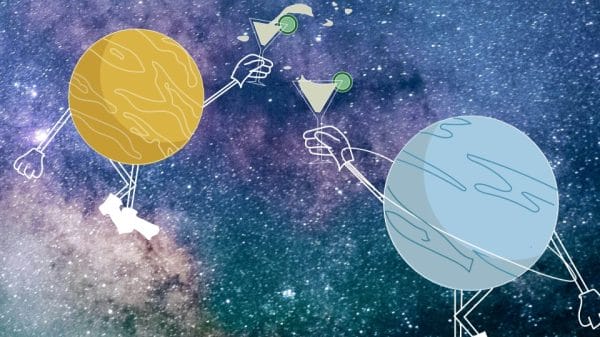For the first time ever, scientists have recorded mega-powerful blasts of radio waves emitting from within the Milky Way.
Astrophysicists first discovered these millisecond-long outbursts, called Fast Radio Bursts (FRBs), in 2007, but until now they have only been observed in sources outside our galaxy. The origin of these bright blasts of energy in our own little (gigantic) swath of stars? A magnetar. Which is… an intergalactic villain from whom the all-powerful space robot Voltron must save humanity! Just kidding. It’s a massive dead star, and one of the strongest magnets in the universe.

Image Credit : Netflix via IMDB
The Milky Way FRB findings come from three new studies published in the November issue of Nature. FRBs like the ones discovered this year release more energy in a fraction of a second than our sun does in the course of a century. And the magnetars they are theorized to come from have magnetic fields up to 5000 trillion times more powerful than earth’s. Bit humbling, eh?
Christopher Bochenek, an astrophysicist at the California Institute of Technology and lead author on one of the new studies, discussed the findings with Space.com, explaining, “a magnetar is a type of neutron star whose magnetic fields are so strong, they squish atoms into pencil-like shapes.”
While the prevailing theory is that magnetars create FRBs, it remains a theory and not a law. Scientists still don’t understand exactly how or why the dead stars end up producing these specific fast and powerful blasts of energy. It could be due to “starquakes,” earthquakes on the dense surfaces of stars, or flares from the magnetars colliding with other space particles, which in turn release shockwaves perhaps leading to the FRBs.
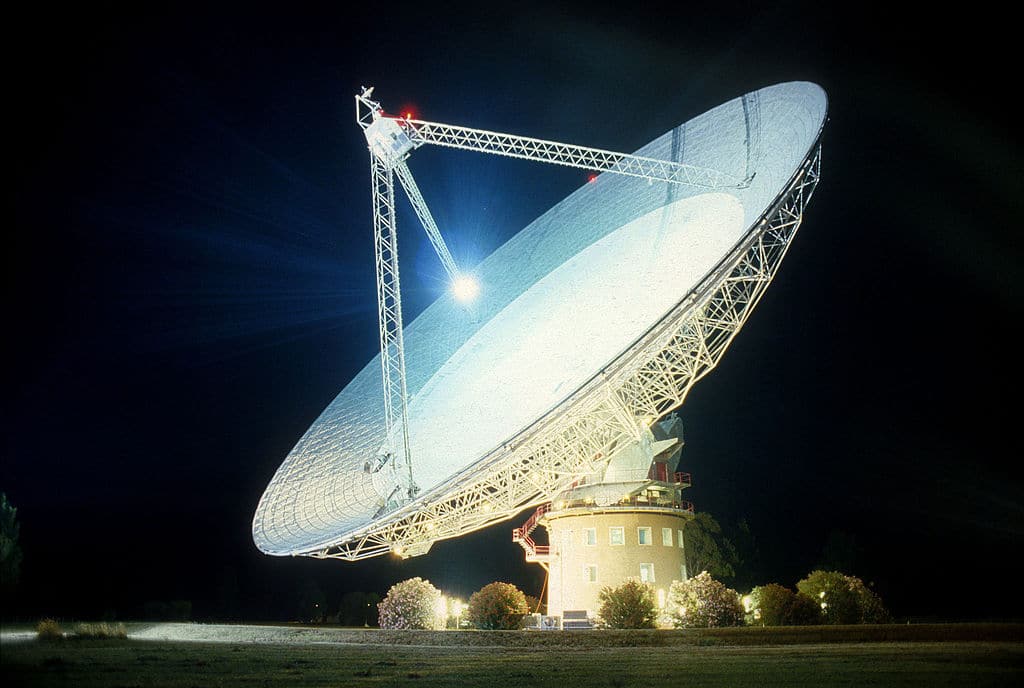
Image Credit: CSIRO, CC BY 3.0 via Wikimedia Commons
Bochenek also spoke about the importance of the discovery, saying “when I looked at the data for the first time, I froze and was basically paralyzed with excitement. The fact that we detected such a burst in the Milky Way at all is surprising.”
Another astrophysicist, Duncan Lorimer from West Virginia University, who didn’t work on the project but is just as excited as those who did, claims that these most recent findings are “an incredibly important development.”
Why you ask? I’m still not sure. But here’s another hard-hitting space story to mess with your mind.








